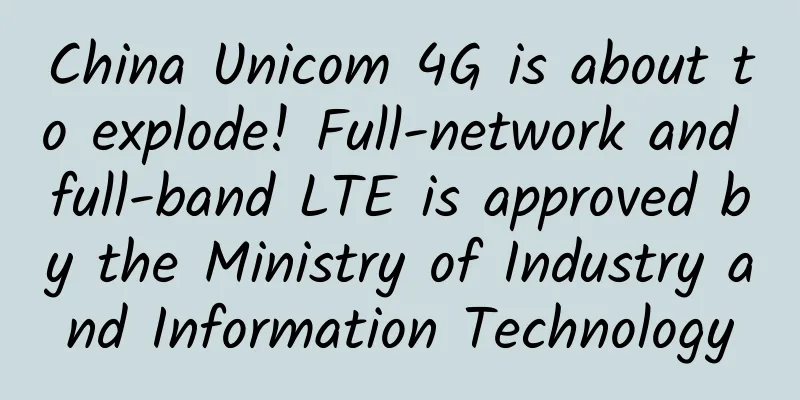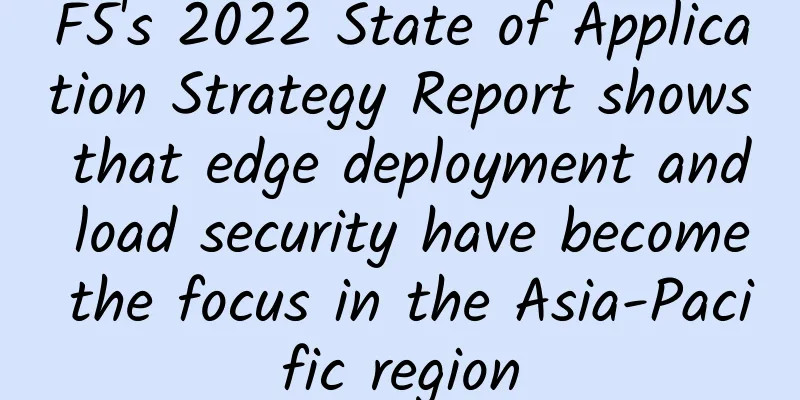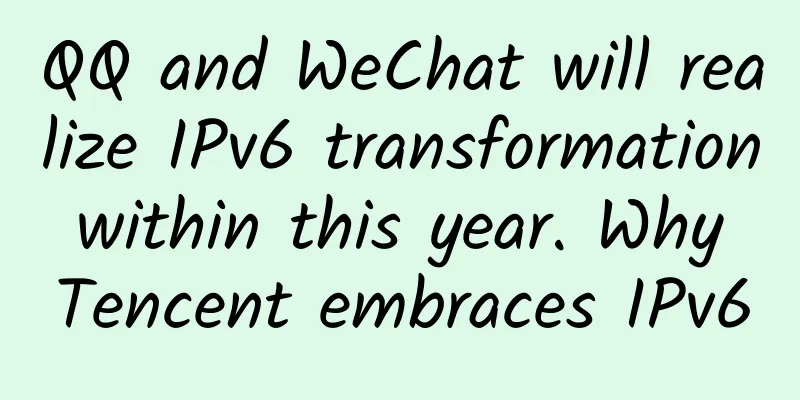How to Understand and Evaluate Potential Colocation Data Center Providers?

|
Today, as demand for colocation and wholesale data centers continues to grow, colocation service providers are responding to future market forces that present both great opportunities and significant challenges. Data center providers are dealing with changing technology demands, emerging trends, and increasing competition, and are transforming their models to best respond to all of these developments and ensure they are prepared for future customer demands. In addition to the industry shifts that have created the emerging model, competing in the colocation data center industry is not easy. It is challenging to compare providers that offer the same features and quality of service, differentiate between providers, and ultimately decide which provider's services best meet your infrastructure needs.
It’s important for users to always keep in mind the wider industry context when evaluating what a colocation provider is dealing with. Here are some of the developments that are having a significant impact on the colocation data center industry: Transfer Technology Requirements As IT technology and application development become more flexible and redundant, data center equipment vendors are seeing some of their users reduce their need for redundancy (from 2N redundancy to N+1 or even N). Over the years, rack power density has increased, but the average power density in the data center industry is still 6 to 8 kW/rack. But now we see that rack power density is increasing to support more computing-intensive workloads and applications brought by cloud computing, big data, the Internet of Things and even 5G technology. In order to meet customer needs, hosting service providers now need to increase flexibility to adapt to changing technology needs and are moving towards a "flexible and repeatable" construction method (flexible prefabricated modular power supply and room space containment channels). This is beneficial for users of managed services, as they can find a provider that can meet their current needs and can flexibly configure them as needed. The influence of industry giants Large cloud computing providers, including Internet giants such as Google, Microsoft, and Amazon, have taken up a lot of data center space and driven more demand for colocation services. While this is good for colocation providers, it is also changing some of the requirements for traditional colocation providers to provide services, as these industry giants consume a lot of available space and drive future data center construction. Internet search engine service providers or content providers need to meet the redundancy requirements of different physical infrastructures of financial institutions. This supply and demand relationship pushes the data center industry back into the era of "speculation". Increasing competition Many colocation providers are increasingly facing cost pressures, which often leads them to cut back on their current offerings to reduce losses to the competition. The more aggressive providers are looking for ways to further optimize their data center operations while providing customers with exceptional outcomes and customer experience. It is easier than ever to find and match your business and IT needs, risk appetite and requirements. There are many excellent providers willing to work together and establish the right approach for your outsourcing needs. As competition increases, there is a need to make services more in line with demand and meet the needs of both suppliers and consumers. While users face these challenges in evaluating the right colocation provider for their business, colocation data center providers are also seeking to balance changes in data center operations with continued innovation. Questions to consider before signing a contract As a potential user of a colocation data center, it is important to go beyond the basic variables of price or space to gain a deeper understanding of the services provided by the provider and the status of its current operations. By conducting a thorough exploration of the data center facilities, it will help you choose a provider that best meets your needs and avoid any surprises after signing a service level agreement (SLA).
For many organizations, choosing a managed service provider will be one of the most important decisions they make and will have a significant impact on achieving their business and operational goals. Once you are well prepared, the right provider will take the time to listen and understand what your business goals are and how a partner can help you achieve them. |
<<: How much do you know about the legendary network speed limit?
>>: 5G is coming, which of the three major CDN forces will take the initiative in the future market
Recommend
V5.NET launches new cloud servers with 20% discount starting from 20 yuan/month, with optional data centers in Hong Kong/Korea/Germany/Netherlands
V5 Server (V5.NET) previously mainly provided ind...
7 key features of 5G mobile phones
1. Support high-power terminals Compared with bas...
Cisco: Continuous innovation to create an inclusive future
On June 14, Cisco's annual networking and sec...
SD-WAN’s reputation
1 Introduction This article reviews ETSI GS MEC 0...
Uncovering the secrets of CDN user-driven product changes
Preface : OTT-TV and IPTV have become popular due...
The role of fiber in integrated infrastructure development
In the past, people settled near the banks of riv...
F5's 2022 State of Application Strategy Report shows that edge deployment and load security have become the focus in the Asia-Pacific region
Digital transformation is in full swing, and tech...
Guiyang National High-tech Zone and Huawei reached a cooperation agreement to jointly promote the development of software information industry
On November 6, 2017, Guiyang National High-tech Z...
Changes to the Internet in 2018
There are already many articles in the industry p...
How to choose a managed data center service provider?
When an enterprise chooses a managed data center ...
The difference between hybrid WAN and SD-WAN
The concepts of hybrid WAN and SD-WAN are often m...
Unlimited speed & 2TB large capacity! Alibaba Teambition cloud disk experience
[[355404]] The news that Alibaba is going to ente...
Does Snowflake's popularity mean Hadoop is dead? What exactly is a big data system?
Any technology will go through a process from hig...
JuHost: Hong Kong Kowloon VPS 40% off from $2.99/month, Japan VPS 30% off from $3.49/month
JuHost is a foreign hosting service provider esta...
Three ways edge computing expands IoT networks
With 6.4 billion devices connected to the interne...









